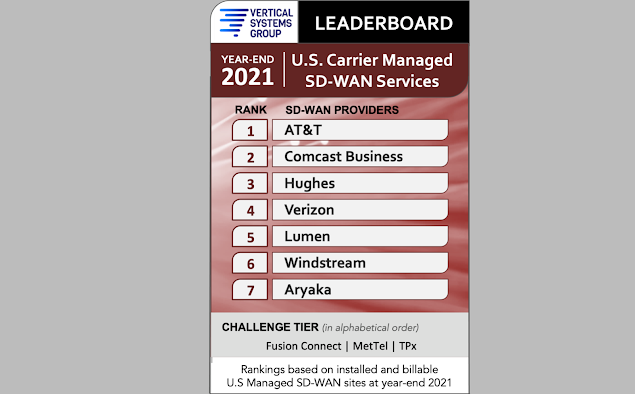The data center Ethernet switch market saw very strong annual bandwidth growth during 2021, with an increase of more than 60%, according to a recent report from Crehan Research Inc. This growth is the largest in four years, despite market bandwidth being five times bigger now.
A major driver of the strong increase were high-volume 400 gigabit Ethernet (GbE) switch deployments by Amazon and Google, resulting in these two companies accounting for over half of all 2021 bandwidth deployed.
“The insatiable demand for data center networking bandwidth continues," said Seamus Crehan, president of Crehan Research, "with hyperscale cloud service providers at the tip of this spear. Artificial intelligence is one of the latest applications driving robust high-bandwidth growth, as this service-offering from cloud providers gains traction.”
Crehan’s report further shows that it took only about three years for 400GbE to comprise the majority of data center Ethernet switching bandwidth, despite its limited number of early customers. In fact, 400GbE data center switching is just now hitting broad market adoption in terms of number of customers deploying this technology.
"Although the portion of total data center Ethernet networking bandwidth from Amazon and Google has surged over the past couple of years," Crehan said, "it will likely rebalance a bit in 2022 as 400GbE and 200GbE see broader market deployments, starting with Meta and Microsoft early this year."


















